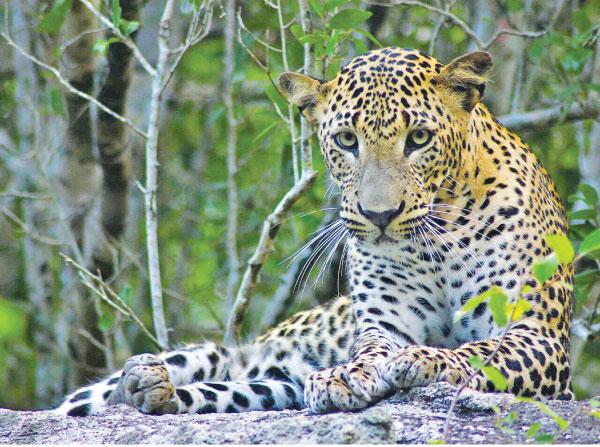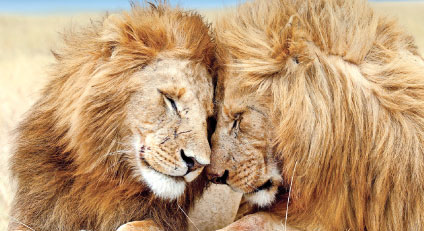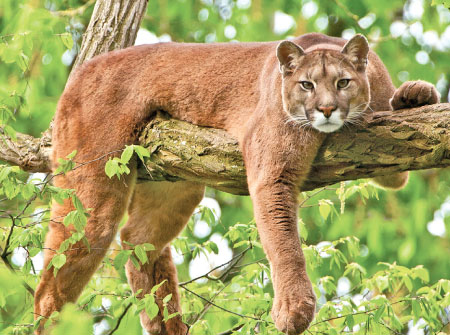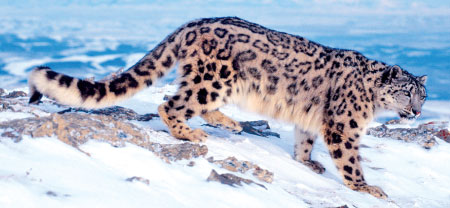
If you have visited the Colombo Zoo in Dehiwela, you would have seen at least some of the big cats – lion, leopard (found in Sri Lanka), cheetah, clouded leopard, jaguar, puma and snow leopard. But did you know that some of them have only a very few surviving animals? For example, there are only 80 Amur leopards left in the wild. In short, some of the big cats could no longer be among us in 50 years or less.
Yesterday, on World Wildlife Day, we celebrated these remarkable animals.
 This special day in the United Nations calendar was celebrated under the theme of “Big cats: predators under threat”.
This special day in the United Nations calendar was celebrated under the theme of “Big cats: predators under threat”.
The theme describes the pressing need for international, national and personal actions to ensure the survival of all big cat species.
“These most majestic predators on our planet are facing many and varied threats, primarily caused by human activities, be it habitat loss, poaching, human-wildlife conflict or climate change”, said Convention on International Trade in Endangered Species of Wild Fauna and Flora (CITES) Secretary-General, John E. Scanlon. Saving them has become a priority.
The World Wildlife Day is an opportunity to celebrate the many beautiful and varied forms of wild fauna and flora and to raise awareness of the benefits that conservation provides to people.
 The Day reminds us of the urgent need to step up the fight against wildlife crime. Habitat loss, climate change and poaching are among the most alarming challenges faced by wildlife today. Poaching and trafficking of wildlife is now the most immediate threat to many species.
The Day reminds us of the urgent need to step up the fight against wildlife crime. Habitat loss, climate change and poaching are among the most alarming challenges faced by wildlife today. Poaching and trafficking of wildlife is now the most immediate threat to many species.
It is also important to resolve the conflicts between animals and man – in many areas, attacks on livestock (chickens, goats, cattle) by big cats has led to their killings by villagers. However, you can make a difference. The fate of the world’s wildlife will soon be in the hands of the next generation – today’s school students.
The need for action to ensure the survival of wildlife in its natural habitats must be imparted from generation to generation, and the youth should have the opportunity to communicate the conservation goals to a wider society since Wildlife contributes to the ecological, genetic, social, economic, scientific, educational, cultural, recreational and aesthetic aspects of development.
 Given the current rate of poaching and smuggling, will future generations one day speak of elephants, rhinoceros and many other endangered species as we speak of mammoths: magnificent creatures belonging to the past? We must not allow this to happen.
Given the current rate of poaching and smuggling, will future generations one day speak of elephants, rhinoceros and many other endangered species as we speak of mammoths: magnificent creatures belonging to the past? We must not allow this to happen.
And the first step is to be educated about the big cats. You should visit the zoo to learn about big cats and other animals, but did you know that zoos may be the only chance for some of the big cats to survive? Zoos play a big role in conservation of various animals whose numbers are going down rapidly in the wild.
The Dehiwela Zoo also has a programme for animal conservation – just last week, several lion cubs were born there.
The big cats make our world more beautiful – we should try to keep it that way.
